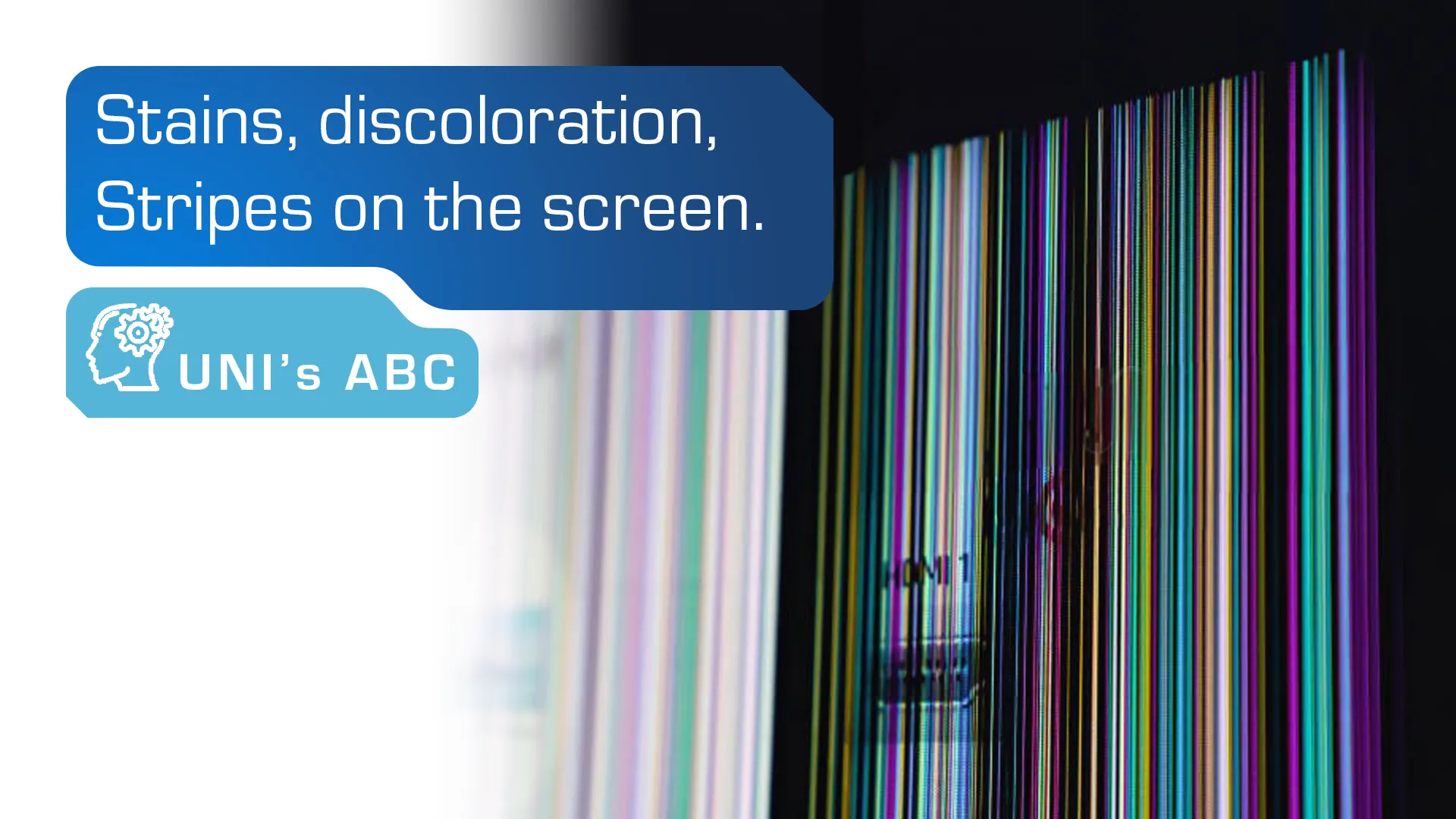
The term LCD refers to the liquid crystals, the state of matter that enables the proper operation of Liquid Crystal Displays.
Table of Contents
This article is our subjective chit with only the most essential information about the liquid crystals.
Liquid crystals (LCs) are a state of matter which has properties between those of liquid and those of solid. It is a kind of state of matter’s mix. At the same time, the molecules flow (like in liquid) and organize in a structure (like in solid). The molecules exhibit the liquid-crystal phases only as long as they are of anisotropic shape (e.g., rod-shaped).
The characteristics of liquid crystals
The liquid-crystal phases can occur in certain conditions e.g., with the changes in the temperature (they are called thermotropic liquid crystals). There are three primary classes of liquid-crystal phases defined by the orientation of the molecules:

- the nematic phase (N). In this phase, the molecules position randomly with all their long axes pointing in substantially the same direction (given by a vector known as the director). (This phase also has a subtype – the cholesteric phase (also called the chiral nematic phase, N*). In this type, the molecules are twisted perpendicularly to the director with the molecular axis parallel to the director.)
- the smectic phase (S). In this phase, the molecules constrain to parallel planes with all their long axes pointing in substantially the same direction.
- the columnar phase (D). In this phase, the structures are formed by flat-shaped discotic that form columns with molecules stacked one-dimensionally.
The milestones of the research on liquid crystals
It all began at the end of the 19th century when Friedrich Reintzer conducted his research on various derivatives of cholesterol. He had discovered three essential features of this kind of liquid crystals: the existence of two melting points, the reflection of circularly polarized light, and the ability to rotate the polarization direction of light.
At first, no one realized that liquid crystals have a lot of potentials. The first LCD had been engineered only in 1964 but had no practical application (the liquid crystals needed to be heated by over 100°C to provide smooth functioning of LCD). The breakthrough came in 1966 when Joel E. Goldmacher and Joseph A. Castellano developed the mixtures made of nematic compounds with a temperature range of at least 22–105 °C. That was a moment when the usage of LCDs in consumer electronics become a reality.
The application of liquid crystals
No doubt, the liquid crystals are commonly associated with LCDs which rely on the optical properties of liquid-crystal substances in the presence or absence of an electric field. In typical LCDs, each pixel consists of a layer of liquid crystals aligned between two electrodes. The application of the electric field determines the orientation of the molecules.
The graphic below presents the functioning a pixel of transmissive LCD:

In LCDs, of all liquid-crystal phases, only the nematic phase (N and N*) and the smectic phase (SmC*) are applied. It is worth noticing that the transitions of the phases are reversible.
Liquid crystals are also (but not only) use in e.g., non-mercury thermometers (in the form of the plastic strip) which also rely on the optical properties of liquid-crystal substances – the temperature changes affect on the color of a liquid crystal.
There are over 800 LCDs on Unisystem’s offer. Check it out to find out the best display for your device.
2020-05-14
Recent Knowledge

Internet of things, what it is and examples of industrial applications
The Internet of Things (IoT) is one of the most promising and rapidly developing technologies of recent years. Its application in business brings great opportunities to optimize processes, reduce costs […]

Stains, discoloration, stripes on the screen – how to identify and repair defects in industrial displays?
The dark spot on the iPhone screen, the black spot on the TV, the colored spots on the phone screen, the yellow spot on the display … Problems with screens […]

Basic electronic components in industry – a guide for beginners
Electronics has played an extremely important role in all branches of modern industry for many years. It allows automation of production processes, precise control of machines and equipment, collection and […]

Optoelectronics – basic information and example applications
Optoelectronics is the branch of electronics that deals with the conversion of electricity into light and light into electricity using semiconductor materials called semiconductors. Semiconductors are crystalline solid materials with […]



